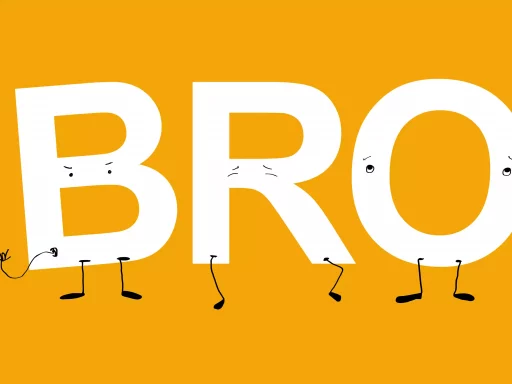Understanding the Term ‘Ratio’
In the age of social media, language is constantly evolving. One term that has gained traction in recent years is “ratio.” While it has its roots in mathematics, its use in online discourse has morphed into a powerful tool for engagement and discussion. In this article, we delve into the definition and usage of the term as per the Urban Dictionary, along with examples, case studies, and insights into its cultural significance.
Defining ‘Ratio’ in Urban Dictionary
Urban Dictionary, an ever-evolving compendium of slang and colloquial language, defines “ratio” in the context of social media as follows:
- When a reply to a post receives more likes or interactions than the original post itself.
- Signifies disagreement or counter-argument.
- Can also highlight that the original post lacks support or consensus.
Examples of ‘Ratio’ in Use
To better understand this term, let’s explore a couple of examples from popular social media platforms.
- Scenario 1: A Twitter user posts their opinion about a recent movie saying it’s terrible. In the comments, another user counters this claim, sharing their own positive experience. If that comment garners more likes than the original Tweet, we might say the reply “ratioed” the original post.
- Scenario 2: A public figure tweets a controversial statement. In a short time, several users respond with evidence and facts that contradict the statement. If those responses achieve greater engagement than the original tweet, the public figure’s post is notably “ratioed.”
The Cultural Impact of Ratioing
The concept of “ratioing” has become a way for users to express dissent in a more noticeable and quantifiable measure than mere replies. Its rise is noteworthy in various contexts:
- Political Commentary: In today’s polarized political climate, ratioing serves as an indicator of collective disagreement.
- Corporate Accountability: When companies make statements perceived as insensitive, the backlash often comes in the form of ratioing. Customer dissatisfaction is amplified when the response from the audience outweighs the corporation’s message.
- Cultural Conversations: Topics surrounding race, gender, and social justice often witness ratioing, highlighting community sentiments against narratives deemed unfavorable.
Case Studies: Ratioing in Action
Consider two notable case studies that illustrate the power of ratioing on social media platforms:
Case Study 1: Politician’s Controversial Tweet
In a 2022 incident, a well-known politician tweeted a statement perceived as dismissive towards climate change activists. The backlash was swift, with multiple users posting informative replies that received thousands of likes. The original tweet was ratioed, emphasizing the disconnect between the politician’s worldview and that of the constituents. This case highlighted the public’s demand for accountability from leaders.
Case Study 2: Brand Miscommunication
A prominent fashion brand, known for its luxury items, tweeted a promotional message during a global crisis that many found tone-deaf. Users felt compelled to respond, sharing their disappointment alongside more relevant philanthropic actions. The multiple responses received greater engagement than the brand’s original post, resulting in a considerable ratio effect. This not only affected the brand’s public relations but also drove changes in their marketing strategies.
Statistics: The Impact of Ratioing
While hard statistics on ratioing as a phenomenon can be elusive, several studies have pointed to the influence of engagement metrics on social media:
- According to a 2023 Pew Research study, users are 30% more likely to engage with tweets that include counterarguments to popular opinions.
- Social media analytics revealed that posts with a high ratio effect can lead to double the number of follow-up discussions compared to standard posts.
- Brand awareness studies indicated that 45% of consumers are influenced by the engagement metrics of social media posts when forming their perceptions about a brand or public figure.
Conclusion: The Future of Ratioing
As social media continues to shape public discourse, the term “ratio” has emerged as more than just a measurement of engagement. It illustrates societal sentiment, accountability, and the increasingly vocal nature of online communities. Understanding its implications is crucial for navigating the evolving landscape of digital communication.






